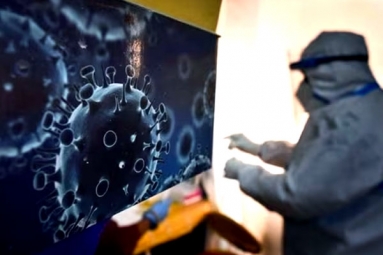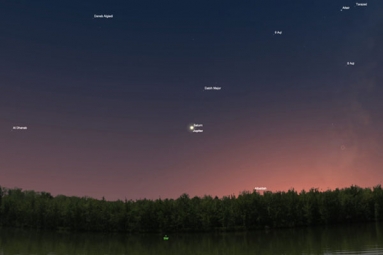Comet Neowise Giving Stunning Night Time Show as it makes way into Solar System
July 16, 2020 12:07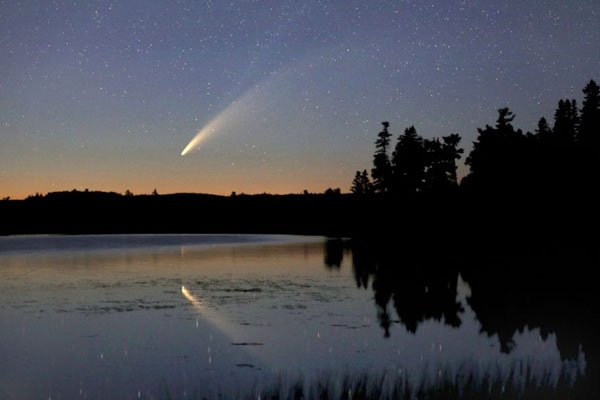
(Image source from: earthsky.org)
Comet Neowise is being visible in the Northern Hemisphere since July 3 about an hour after sunset. It is bright enough to be seen with naked eye.
A newly discovered comet Neowise is striking into the solar system and is providing a spectacular night show to stargazers. The comet will be visible in India from July 14.
Neowise has swept within Mercury’s orbit two weeks ago and its close vicinity to the Sun caused dust and gas to burn off its surface to create a bigger debris tail.
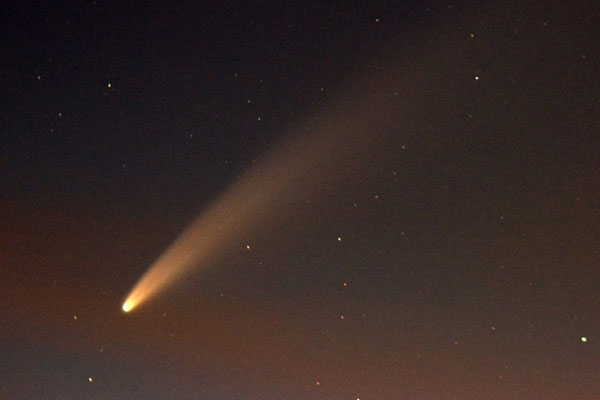 (Image source from: phoenixnewtimes.com)
(Image source from: phoenixnewtimes.com)
This Neowise comet will be visible to the world for the next 20 days after sunset and before sunrise. NASA’s infrared space telescope has discovered the comet in March.
Scientists who discovered it say that neowise is about 3 miles or 5 kilometers long. Its nucleus consists of sooty material dating back to the origin of solar system.
Neowise is currently travelling through space nearly 200 million kilometers away from Earth.
Many are calling neowise to be the greatest comet of 21st century with its bright red nucleus and tail of dust providing fascinating scenery in the sky.
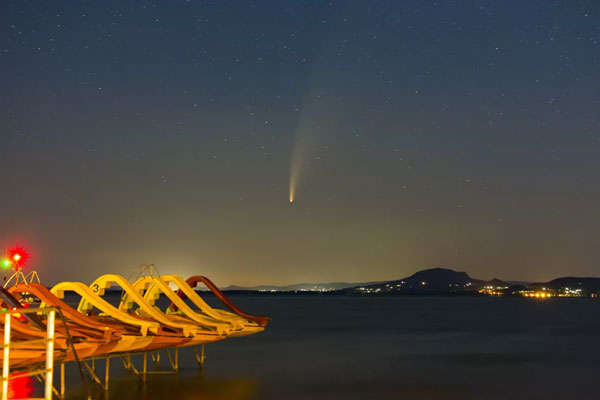 (Image source from: vox-cdn.com)
(Image source from: vox-cdn.com)
By July 19, the comet neowise will be up to 20 degrees above the northern horizon and will be visible up to 80 minutes after sunset. Till now, the brightest comet ever seen by humans was Comet Hale-Bopp in 1997.
As stargazers try to get a glimpse of neowise in the sky, careful viewers have noticed that the comet has two tails trailing behind it.
The dust that makes up the main tail is made up of three forces: the sun, the sun’s radiation and the comet itself.
The main tail is whitish in color because its particles easily reflect sunlight at every wavelength. The tails appear wider due to smaller dust grains being subjected to gravitational acceleration.
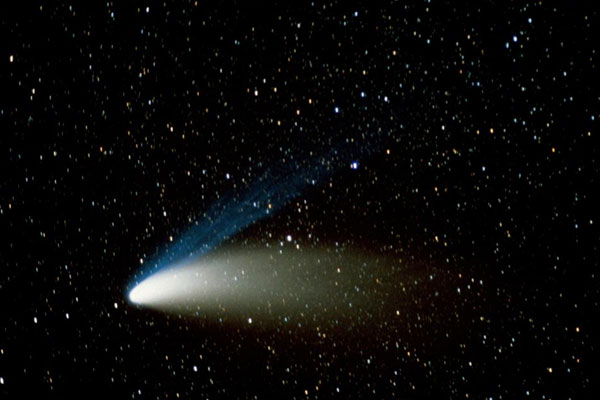 (Image source from: forbesimg.com)
(Image source from: forbesimg.com)
The second tail is narrower and slightly blue in color due to the heating up of the weakest molecule that makes up the comet which is ‘carbon monoxide’. This heating up is due to the UV light radiating from the sun.
A majority of comets fly through the solar system invisible to the humans. But, neowise is one of the brightest ice ball that is ever seen which capturing the attention of sky watchers.
Neowise will make the closest approach to earth on July 23 as it reaches its apex.
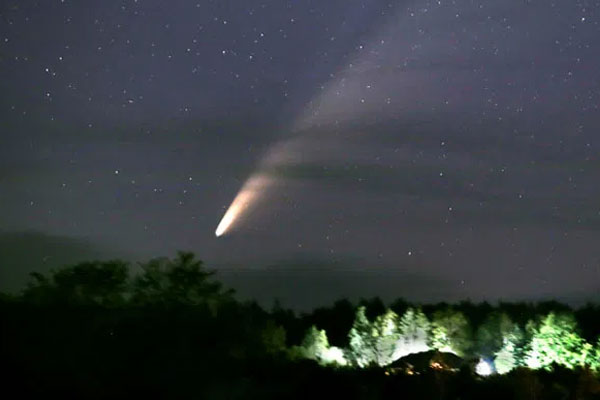 (Image source from: astrobob.areavoices.com)
(Image source from: astrobob.areavoices.com)
Experts say that you just have to go to your backyard in a darker area to watch the comet neowise. To watch neowise all by yourself without a telescope, reach out to north west skies about a hour and half after sunset.
In the coming days, neowise will move higher in the sky and will be easier to spot. Good binoculars will help you with watching the tails of the comet.
Comet Neowise gets its name from the NASA’s Infrared Survey Explorer which is potentially used for looking out comets and asteroids.
When the comet was far from the sun, it lacked its beautiful dusty tail. The sun’s heat has caused it to expel gases forming a shell called coma and the pressure of sun’s radiation extended the coma into a tail.
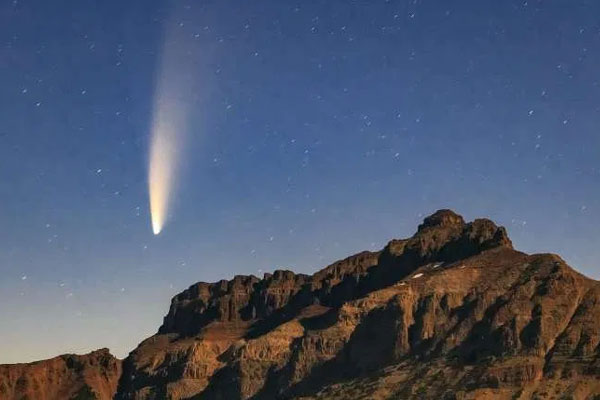 (Image source from: en24.news)
(Image source from: en24.news)
Comet Neowise won’t make its way back to the inner solar system for 6800 years. So, enjoy the scenic beauty while you can.
By Gayatri Yellayi



